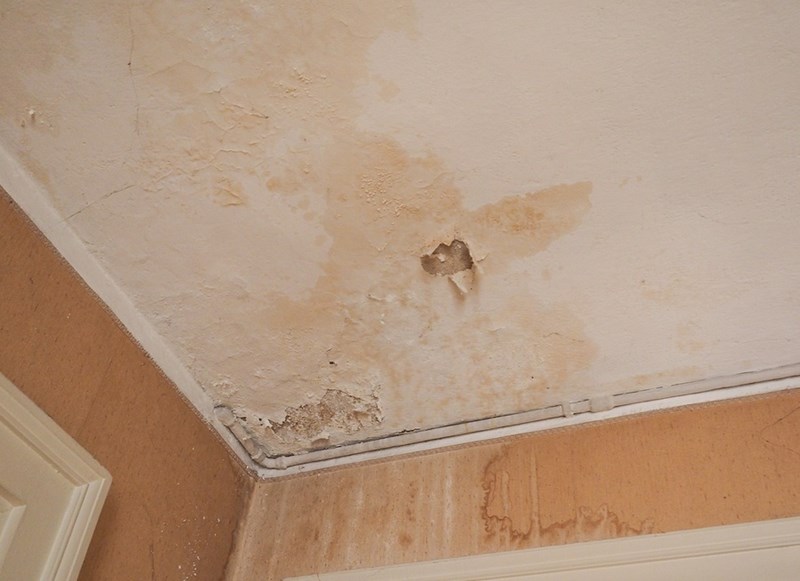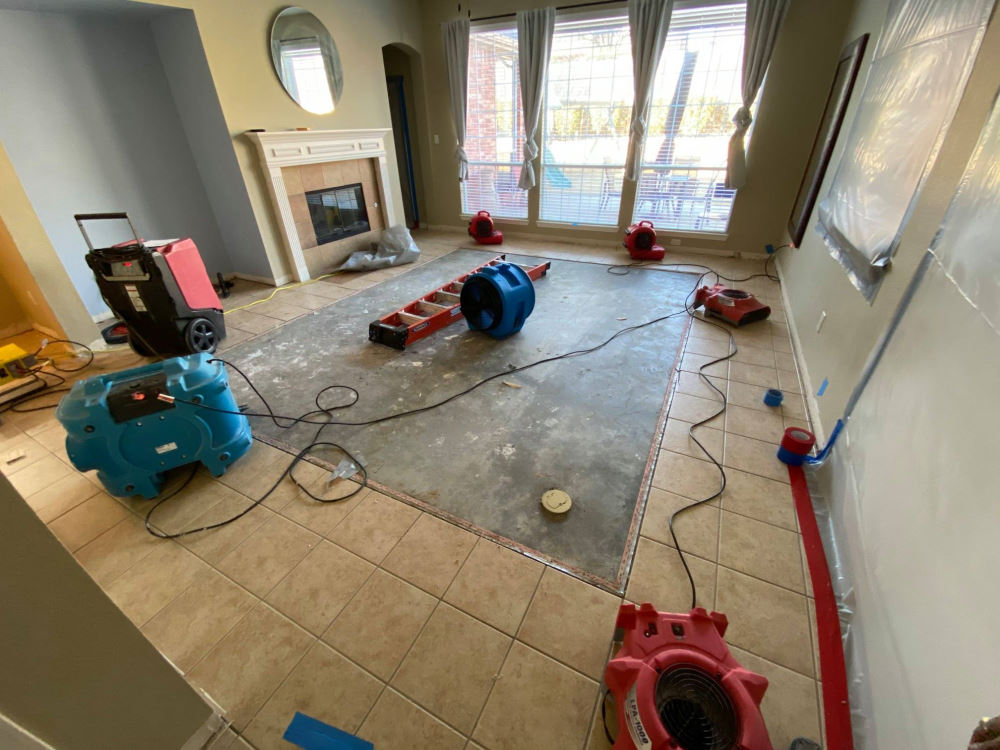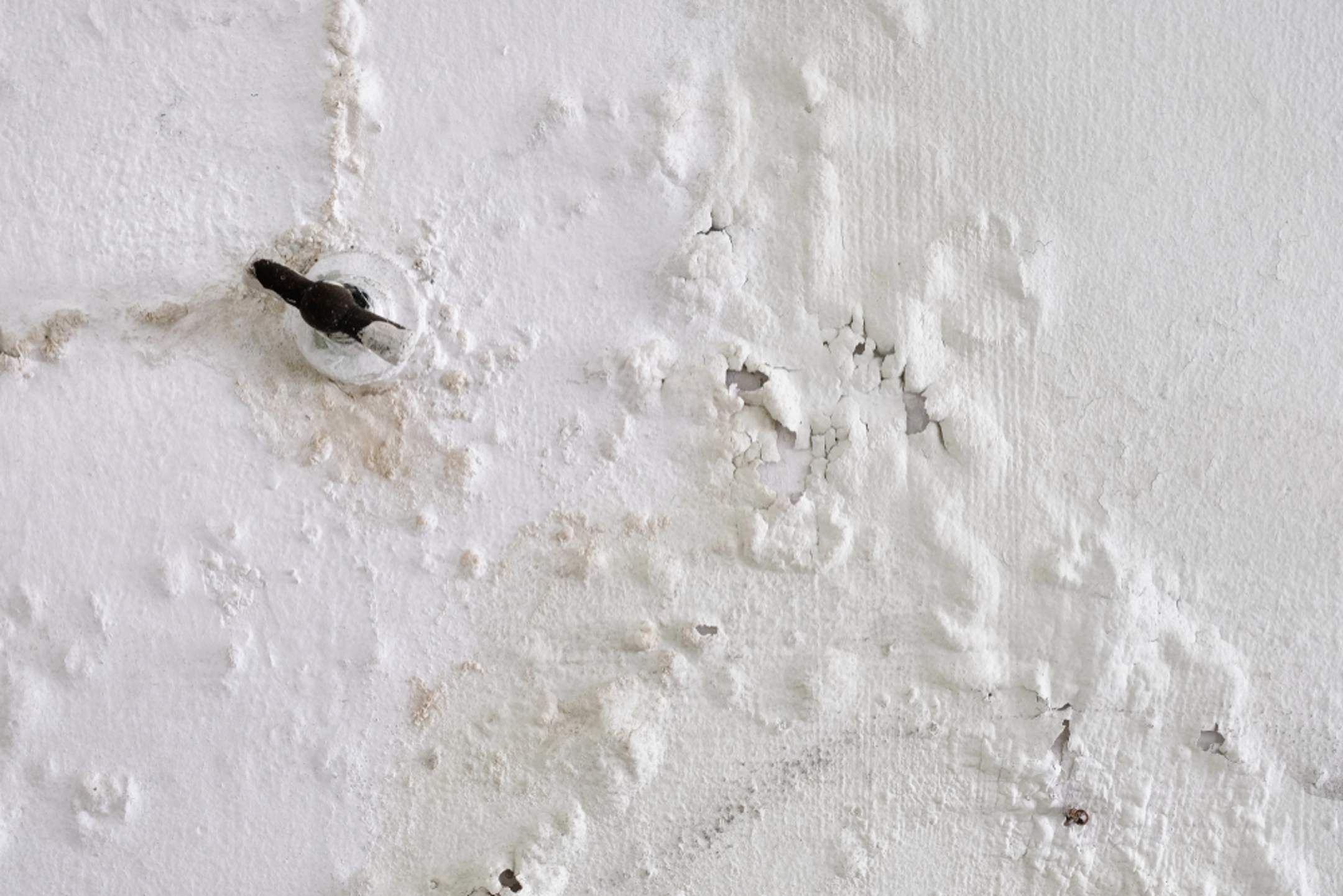The Refine of Water Damage Cleanup: Ensuring Your Home Is Brought Back Effectively
Water damages can be an overwhelming obstacle for property owners, necessitating a careful and structured cleanup process to bring back safety and capability. damage restoration services. Following this, reliable water extraction methods play a critical duty in minimizing further injury.
Examining the Damages
Upon discovering water damages, the primary step is to extensively examine the degree of the effect. This preliminary evaluation is essential, as it assists determine the needed actions for effective clean-up and reconstruction. Begin by examining the influenced locations, consisting of walls, ceilings, floorings, and individual belongings, to identify the source of the water invasion, whether from flooding, leaks, or condensation.
Recording the damage is important for both insurance policy claims and intending repair efforts - damage restoration services. Use photographs and written notes to capture the seriousness of the damage, noting any damaged architectural aspects and materials. Pay unique focus to locations that might not be instantly noticeable, such as behind walls and under carpets, as concealed wetness can bring about additional complications, including mold growth
Additionally, evaluate the timeline of the water exposure. The longer the materials stay wet, the greater the potential for damage. Understanding the duration of direct exposure will certainly educate the necessity of removal initiatives. Ultimately, a thorough analysis lays the foundation for a successful water damages cleaning procedure, making certain that all influenced locations are attended to successfully and completely.
Water Removal Techniques

Specialists typically employ submersible pumps for larger volumes of water, which can rapidly relieve flooding in cellars or various other influenced locations. For smaller sized amounts, wet/dry vacuums are often used to extract residual moisture from carpetings and hard surfaces. Furthermore, utilizing portable extractors permits targeted removal in restricted spaces or areas with delicate materials.
In circumstances of infected water, such as sewer or floodwater, advanced extraction techniques might include making use of biohazard devices to make sure security and compliance with health laws. High-powered removal devices are vital in reducing water retention in structural materials, which can cause mold growth and architectural damage if not addressed without delay.
Eventually, the performance of water removal methods plays a pivotal duty in the total success of the water damages clean-up procedure, preparing for subsequent remediation initiatives.
Drying and Dehumidification
When standing water has been properly extracted, the following vital phase in the water damage cleanup procedure is drying and dehumidification. This action is important to prevent further damages and mold growth, which can take place within 24 to two days in damp settings.
To achieve efficient drying, specialized devices such as industrial-grade air moving companies and dehumidifiers is employed. Air movers distribute air throughout wet surface areas, improving dissipation prices, while dehumidifiers decrease moisture levels airborne, advertising a conducive atmosphere for drying. The mix of these devices guarantees that wetness is extracted from walls, floorings, and furnishings, allowing them to completely dry extensively.
It is important to check the drying out process carefully. Professionals often use moisture meters to examine the moisture material in different products, making certain that all affected areas get to appropriate dry skin levels. This thorough approach aids to stop covert wetness pockets that might lead to structural damage or undesirable mold growth.

Cleaning and Sanitizing
After the drying and dehumidification stage is full, the following vital action in water damage cleaning is cleaning up and sanitizing the affected areas. This procedure is crucial to prevent the development of mold, microorganisms, and various other microorganisms that flourish in wet settings.
The cleansing phase generally involves getting rid of any type of debris, dust, and pollutants from surfaces using specialized cleaning agents. For tough surface areas, a combination of soap and water or business cleansing products is often employed. Soft products, such as upholstery and carpets, may require more considerable cleansing methods, consisting of vapor cleansing or deep extraction strategies, to make sure extensive sanitation.

Sterilizing follows cleansing, utilizing EPA-approved disinfectants to get rid of hazardous microbes. This step is necessary, particularly in locations that might have come into call with floodwaters or sewer, as these sources can present serious health risks.
In addition, it is very important to address any kind of staying smells, which may need using odor neutralizers or innovative techniques like ozone therapy. Correct cleaning and sterilizing not only bring back the safety and security and hygiene of your home however likewise prepared for effective remediation and repair services in succeeding stages of the water damage cleaning process.
Remediation and Repair Services

When the assessment is full, reconstruction initiatives can begin. This usually entails click here now fixing or changing damaged materials, ensuring that all job follows regional building regulations and criteria. If drywall has been compromised, it will require to be eliminated and replaced with brand-new material. In addition, floor covering may call for comparable interest, depending on the level of water direct exposure.
It is crucial to involve knowledgeable remediation specialists throughout this process, as they have the knowledge to handle intricate repair work properly. They can assist minimize prospective future problems, such as mold development or structural instability, therefore ensuring a safe and habitable living environment. Eventually, reliable remediation and repair services restore the home's stability and improve its total value.
Conclusion
Finally, the process of water damages cleanup is important for restoring a home to its pre-damage condition. Each stage, from examining the damages to implementing efficient water removal strategies, adhered to by comprehensive drying out, disinfecting, and essential repairs, plays a necessary function in making certain safety and compliance with building requirements. Efficient execution of these steps not only alleviates instant damages yet also improves the long-lasting stability and worth of the property.
Water damages can be a daunting obstacle for home owners, requiring a careful and organized clean-up process to recover security and functionality. Inevitably, a comprehensive assessment lays the foundation for a successful water damage cleanup process, ensuring that all influenced areas are addressed effectively and extensively.
Efficient water removal methods are important in minimizing damages and avoiding more issues following a water invasion event.In final thought, the process of water damage cleaning is vital for restoring a home to its pre-damage problem. Each stage, from evaluating the damages to executing reliable water extraction methods, followed by extensive drying, disinfecting, and required fixings, plays a vital duty in ensuring safety and security and compliance fire and flood restoration companies with building criteria.